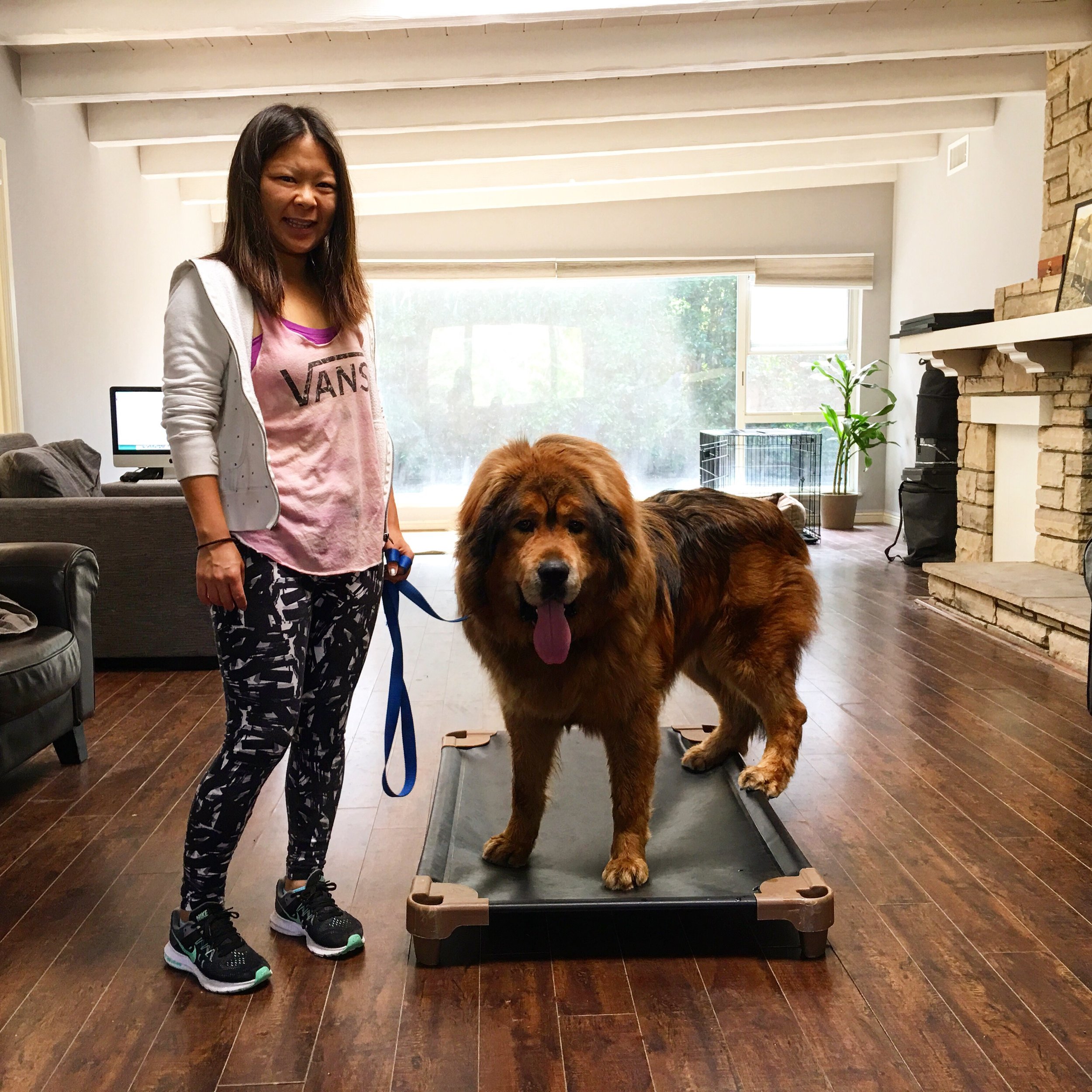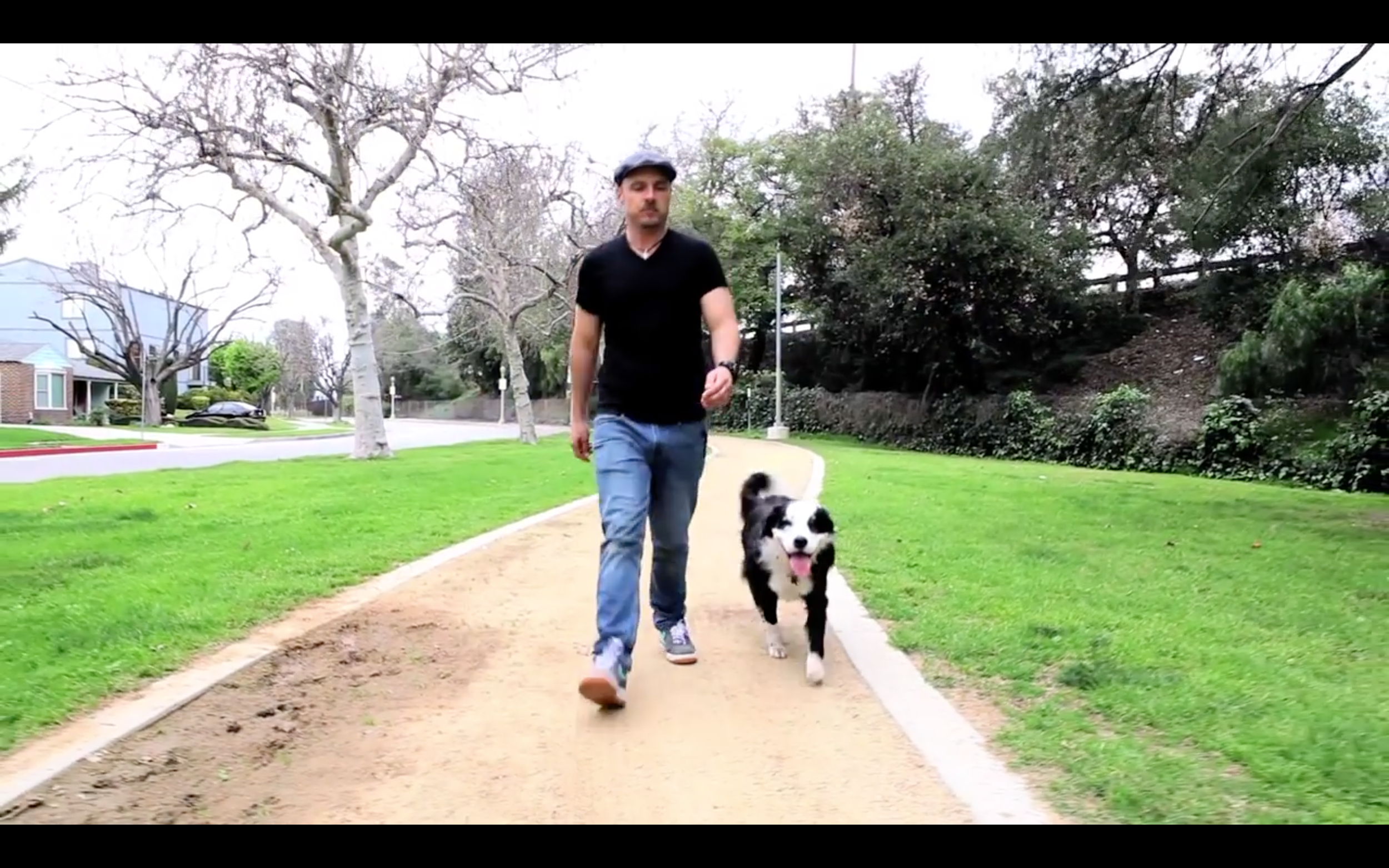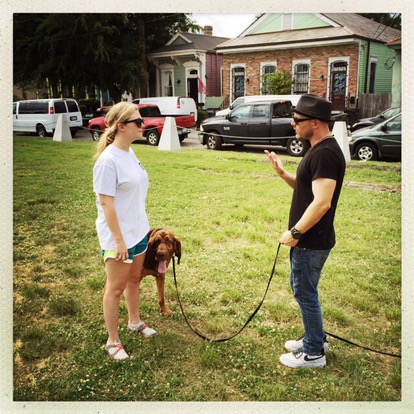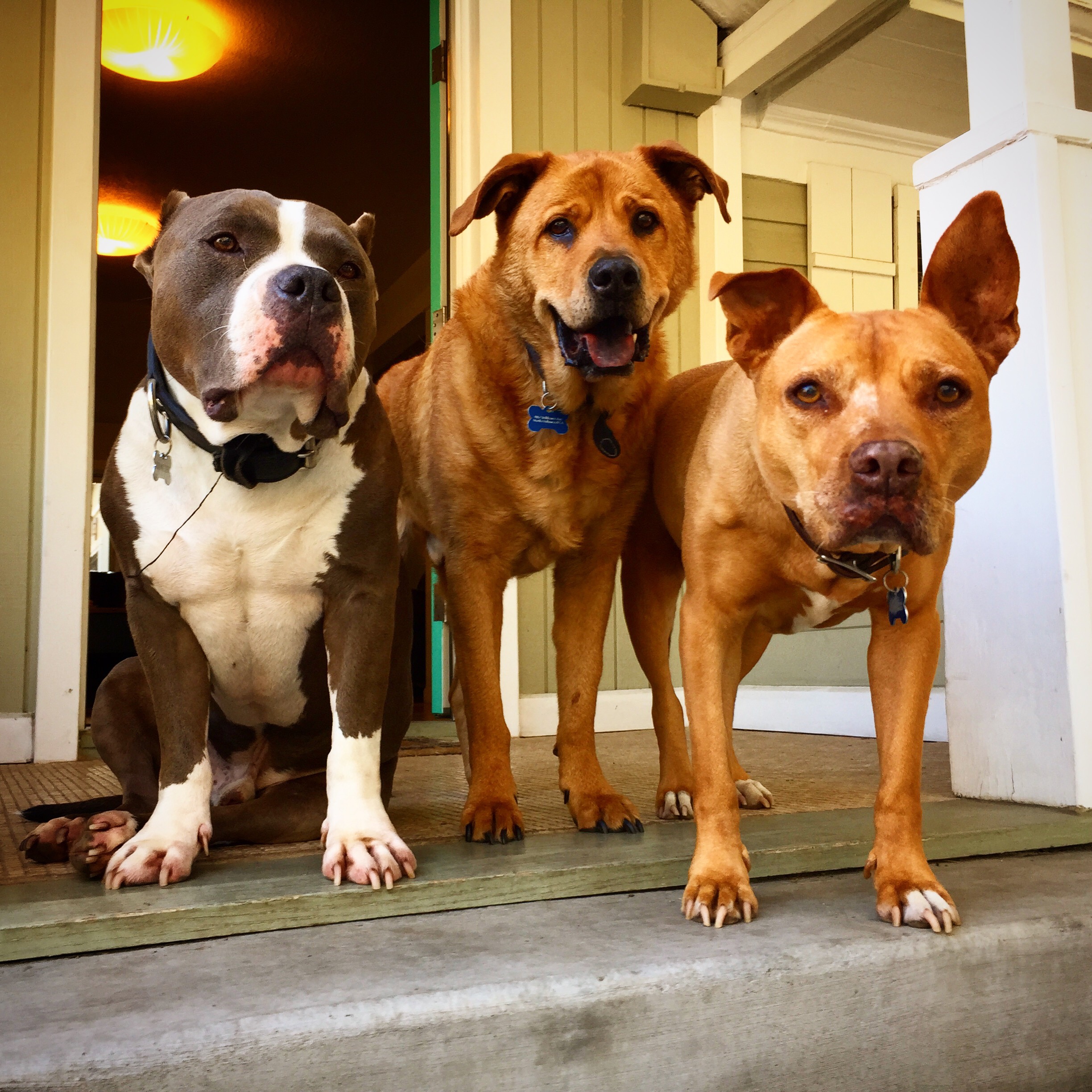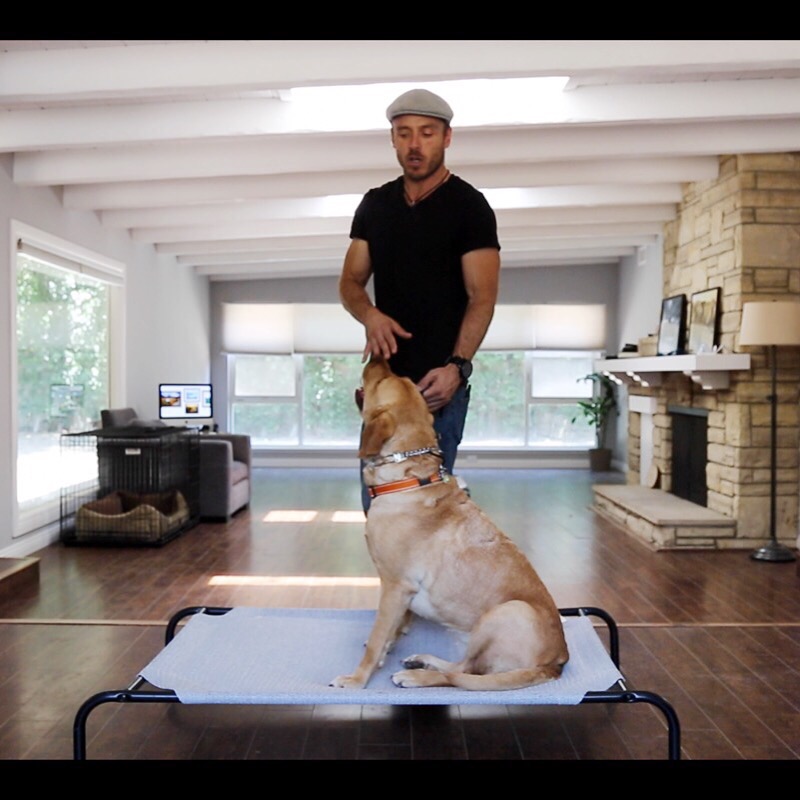 By Sean O'SheaFew industries have as much contentious, friction-filled, vitriolic, opinionated, near-religious beliefs being flung around as does the dog training world.Opinionated owners and trainers will noisily (and nastily) condemn the tools, training methods, and approaches being used by others. It might be pure positive trainers (or believers) cursing prong collars, e-collars, and/or any form of correction - or even saying "no" to your dog - or perhaps it's "balanced" trainers slinging mud at each other for perceived poor training, or training that doesn't mesh with their beliefs.Regardless of what camp you belong to, what tools you do or don't endorse, and what philosophy you subscribe to, it's all talk until you show your work. Until you show proof of what you speak.And in this day and age that should be easy enough, right? Everyone has a video recorder in their pocket today. So if anyone has some super strong beliefs, concepts, techniques, alternatives, man, I'm all ears. But first, I'm all eyes. First, show me. Don't tell me. If your approach gets great results, show me. If you're tools get great results, show me. If your revolutionary process creates revolutionary results, show me. It's easy enough.Don't show me scientific studies, or site science-y sounding rhetoric. Don't talk to me about the how's and why's and benefits of a certain method. Don't offer strongly felt opinions. Instead, show me. Show me truly troubled dogs, before training, and show me these same troubled dogs transformed, or at least tremendously improved, after training. And show me a lot of them. Don't show me your dog, or one dog, or even three or four dogs, show me over and over your approach creating great results - and the owners getting the same results.If you're getting great results, this should be easy enough to do. I know it's work to capture before footage and after footage, and to edit it and all. I get it. But if you want your opinion to have any legs, and any chance of being entertained, that's the price of admission today. If you want anyone to listen, to care, to change, to adopt something, simply show us its value. Easy peasy.And just to be clear, I'm not being a chest-beater, and declaring everyone needs to show their results (even though that sure would be nice for consumers!), it's only for those who shout, scream, bully, belittle, or not-so-cleverly undermine others. Those who shout about alternatives - alternative tools, methods, approaches. If you're shouting, you should be ready to share your results, your proof. And lots of it.Because here's the thing, talk is cheap. Everyone can talk a big game. We all can declare certain tools or approaches to be the worst, or the best, but only results matter. Only results are real. Only results walk the talk. Everything else is just the easy part...talk and opinion.Show me.P.S. If you're an owner trying to make sense of all this stuff, my suggestion is to follow the results. But be a conscientious consumer, and be aware that video (especially those using the trainer's own dogs) can be made to look awfully good! Many dogs shown in the positive only camp are very specific dogs (Border Collies, Aussies etc.). Dogs who enjoy chasing a ball or frisbee or a treat more than they do chasing, attacking, or freaking out on another dog, or person. And in the balanced camp, watch for high-drive working dogs (Malinois and GSD's) who were bred to work and do amazing stuff. In both of these camps these special dogs get used for showy videos and demos, but are not showing reality - they're showing "ringers". Not that these breeds can't be a mess as well, but dog trainer dogs are usually picked for their exceptional temperament and good behavior, so it's not a good reflection of the reality of what your dog's behavior will look like. Make sure you see actual client dogs making progress. And make sure you see the actual clients duplicating that process.
By Sean O'SheaFew industries have as much contentious, friction-filled, vitriolic, opinionated, near-religious beliefs being flung around as does the dog training world.Opinionated owners and trainers will noisily (and nastily) condemn the tools, training methods, and approaches being used by others. It might be pure positive trainers (or believers) cursing prong collars, e-collars, and/or any form of correction - or even saying "no" to your dog - or perhaps it's "balanced" trainers slinging mud at each other for perceived poor training, or training that doesn't mesh with their beliefs.Regardless of what camp you belong to, what tools you do or don't endorse, and what philosophy you subscribe to, it's all talk until you show your work. Until you show proof of what you speak.And in this day and age that should be easy enough, right? Everyone has a video recorder in their pocket today. So if anyone has some super strong beliefs, concepts, techniques, alternatives, man, I'm all ears. But first, I'm all eyes. First, show me. Don't tell me. If your approach gets great results, show me. If you're tools get great results, show me. If your revolutionary process creates revolutionary results, show me. It's easy enough.Don't show me scientific studies, or site science-y sounding rhetoric. Don't talk to me about the how's and why's and benefits of a certain method. Don't offer strongly felt opinions. Instead, show me. Show me truly troubled dogs, before training, and show me these same troubled dogs transformed, or at least tremendously improved, after training. And show me a lot of them. Don't show me your dog, or one dog, or even three or four dogs, show me over and over your approach creating great results - and the owners getting the same results.If you're getting great results, this should be easy enough to do. I know it's work to capture before footage and after footage, and to edit it and all. I get it. But if you want your opinion to have any legs, and any chance of being entertained, that's the price of admission today. If you want anyone to listen, to care, to change, to adopt something, simply show us its value. Easy peasy.And just to be clear, I'm not being a chest-beater, and declaring everyone needs to show their results (even though that sure would be nice for consumers!), it's only for those who shout, scream, bully, belittle, or not-so-cleverly undermine others. Those who shout about alternatives - alternative tools, methods, approaches. If you're shouting, you should be ready to share your results, your proof. And lots of it.Because here's the thing, talk is cheap. Everyone can talk a big game. We all can declare certain tools or approaches to be the worst, or the best, but only results matter. Only results are real. Only results walk the talk. Everything else is just the easy part...talk and opinion.Show me.P.S. If you're an owner trying to make sense of all this stuff, my suggestion is to follow the results. But be a conscientious consumer, and be aware that video (especially those using the trainer's own dogs) can be made to look awfully good! Many dogs shown in the positive only camp are very specific dogs (Border Collies, Aussies etc.). Dogs who enjoy chasing a ball or frisbee or a treat more than they do chasing, attacking, or freaking out on another dog, or person. And in the balanced camp, watch for high-drive working dogs (Malinois and GSD's) who were bred to work and do amazing stuff. In both of these camps these special dogs get used for showy videos and demos, but are not showing reality - they're showing "ringers". Not that these breeds can't be a mess as well, but dog trainer dogs are usually picked for their exceptional temperament and good behavior, so it's not a good reflection of the reality of what your dog's behavior will look like. Make sure you see actual client dogs making progress. And make sure you see the actual clients duplicating that process.
CONNECT WITH US ON Facebook, Twitter, Instagram, and YouTube for more training insights, tips, our free weekly Q&A Saturday, and community interaction!Our groundbreaking, game-changing dog training book The Good Dog Way: Love Them By Leading Them is now available for order! Click HERE to order your copy!CLICK THE PICTURE BELOW TO WATCH THE BOOK TEASER!


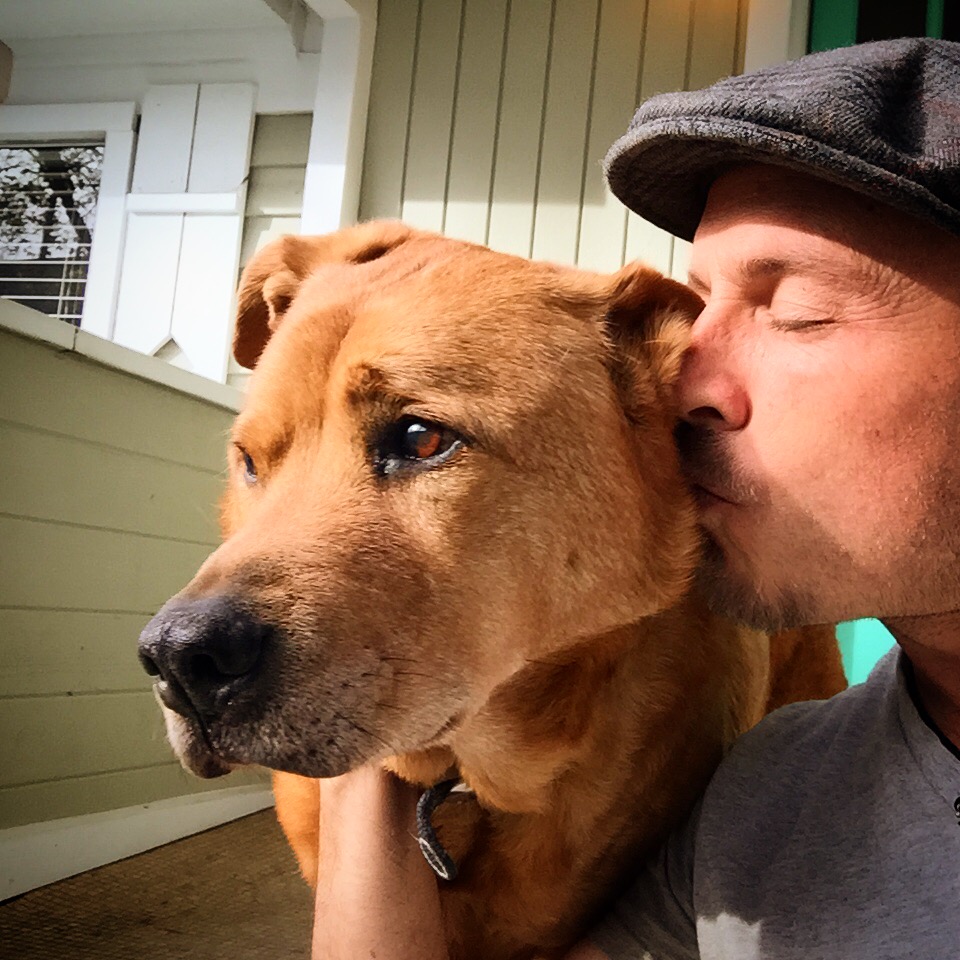 By Sean O'SheaSo how come things have gotten so much more dicey with our dogs? How come there seems to be far more ill-behaved dogs than the "good old days"? How come there's so much aggression, resource guarding, possessiveness, separation anxiety, reactivity, and so on?Am I just out of touch and remembering romantically those past days when dogs seemed to be dogs and humans seemed to be humans - and both seemed to be the better for it?I'm not so sure. I'm 48. I was born in the late 60's. I remember very clearly the way our dogs lived with us (and the way most of my friend's dogs did as well). Our dogs were far from perfect, but I don't remember hearing much about many of the above issues. There was "dog world" and "human world". Dogs were mostly outside, had special privilege days or hours when they got to come inside. They were companions we enjoyed during outdoor adventures or ball throwing and family time in the yard. We saw them as dogs, and for the most part, lived with them emotionally and physically like dogs. And that separation seemed to create some very clear boundaries between the two species. There was clarity.But boy how things have changed. :)These days, most dogs live inside. They share our personal and intimate space freely. But that's not all that's changed. Along with the physical access, they've also moved inside our hearts and minds in a way that never existed previously. Not that previous generations didn't love their dogs, I'm sure they did, but the role our dogs play in our emotional lives today seems much different than that of the past. Today's dogs have access physically and emotionally to places that weren't typically up for grabs prior. And because of this new dynamic - this dynamic of compete sharing, complete access, and complete emotional integration - we've blurred lines. We've created a lot of confusion and mixed messages, and we've set our dogs up to make natural assumptions and decisions based on those messages. Those assumptions and decisions have created a lot of negative fallout for our dogs, and for us who share our lives with them.Now let me be clear about a few things. I love having my dogs inside. I'd hate to live with my crew outside. My guys are allowed on furniture, sleep on my bed, and roam the house pretty much as they please. We share the space. My guys are also very important to me emotionally. They're still dogs, but they hold a special place in my heart, and I think that's pretty clear to them.So this begs the question: with this new dynamic of near total integration and sharing, how the heck do you keep your dogs balanced, respectful, polite, and well-behaved in the face of all these mixed messages? My feeling is this. Once we took our dogs inside, once we made them our daily physical and emotional companions, it changed what was required of us. Our parents (or maybe you if you're of that older generation) could probably get away with not doing as much training. They likely didn't need to create a ton of structure, be uber-pack leaders, or use the same tools and strategies to keep their dogs balanced. Their dogs were dogs. But for us, the ones blurring the lines, we've got a different reality.Because we've shifted our dog's perceptions of us, because we've integrated them so deeply into our lives, because we've leaned so hard on them emotionally - many becoming surrogate children, spouses, or friends - we've got a whole different reality. A reality where we have to work a heck of a lot harder to keep them balanced.Once we brought them into our world in this more intimate fashion, it all changed. Our jobs as dog owners got harder, more complex. Our responsibilities, if we're to have healthy, balanced dogs, got heavier, and more challenging.The upshot is this, we've fundamentally changed how we live and interact with our dogs, there's no getting around it, and I don't think it's changing any time soon. Our dogs have become central players in our lives; family members we cherish and adore. And that's not necessarily a bad thing...IF we're prepared to do the hard work that come with that. With this new way of living comes greater challenges; the possibility of neurotic behavior, feelings of entitlement, boundary pushing, disrespect and lots more. For me, the answer was to make sure that as deep as I loved, and as much freedom I granted, that I shared equally firm, unquestionable discipline. While my guys know I love them deeply, they also know that any monkey business is met with firm, immediate, and valuable consequences. That balance of love and leadership is what allows me to have the best of both worlds.It's work my folks and their friends likely never had to do, at least not at this level. For the most part, they chose to have their dogs be dogs, and that meant an easier human/dog lifestyle path in many ways. But that might also have meant the absence of intimate dog companionship, and perhaps lonely outdoor lives for many dogs. So there's trade offs in both. But for those of us choosing to live in the more integrated fashion, remember that that freedom, connection and enjoyment comes at a cost - if we want to have happy, healthy dogs we can enjoy. And that cost is more awareness, more responsibility, more effort, and the willingness to share as much discipline as we share love.With every gift comes an equal responsibility.
By Sean O'SheaSo how come things have gotten so much more dicey with our dogs? How come there seems to be far more ill-behaved dogs than the "good old days"? How come there's so much aggression, resource guarding, possessiveness, separation anxiety, reactivity, and so on?Am I just out of touch and remembering romantically those past days when dogs seemed to be dogs and humans seemed to be humans - and both seemed to be the better for it?I'm not so sure. I'm 48. I was born in the late 60's. I remember very clearly the way our dogs lived with us (and the way most of my friend's dogs did as well). Our dogs were far from perfect, but I don't remember hearing much about many of the above issues. There was "dog world" and "human world". Dogs were mostly outside, had special privilege days or hours when they got to come inside. They were companions we enjoyed during outdoor adventures or ball throwing and family time in the yard. We saw them as dogs, and for the most part, lived with them emotionally and physically like dogs. And that separation seemed to create some very clear boundaries between the two species. There was clarity.But boy how things have changed. :)These days, most dogs live inside. They share our personal and intimate space freely. But that's not all that's changed. Along with the physical access, they've also moved inside our hearts and minds in a way that never existed previously. Not that previous generations didn't love their dogs, I'm sure they did, but the role our dogs play in our emotional lives today seems much different than that of the past. Today's dogs have access physically and emotionally to places that weren't typically up for grabs prior. And because of this new dynamic - this dynamic of compete sharing, complete access, and complete emotional integration - we've blurred lines. We've created a lot of confusion and mixed messages, and we've set our dogs up to make natural assumptions and decisions based on those messages. Those assumptions and decisions have created a lot of negative fallout for our dogs, and for us who share our lives with them.Now let me be clear about a few things. I love having my dogs inside. I'd hate to live with my crew outside. My guys are allowed on furniture, sleep on my bed, and roam the house pretty much as they please. We share the space. My guys are also very important to me emotionally. They're still dogs, but they hold a special place in my heart, and I think that's pretty clear to them.So this begs the question: with this new dynamic of near total integration and sharing, how the heck do you keep your dogs balanced, respectful, polite, and well-behaved in the face of all these mixed messages? My feeling is this. Once we took our dogs inside, once we made them our daily physical and emotional companions, it changed what was required of us. Our parents (or maybe you if you're of that older generation) could probably get away with not doing as much training. They likely didn't need to create a ton of structure, be uber-pack leaders, or use the same tools and strategies to keep their dogs balanced. Their dogs were dogs. But for us, the ones blurring the lines, we've got a different reality.Because we've shifted our dog's perceptions of us, because we've integrated them so deeply into our lives, because we've leaned so hard on them emotionally - many becoming surrogate children, spouses, or friends - we've got a whole different reality. A reality where we have to work a heck of a lot harder to keep them balanced.Once we brought them into our world in this more intimate fashion, it all changed. Our jobs as dog owners got harder, more complex. Our responsibilities, if we're to have healthy, balanced dogs, got heavier, and more challenging.The upshot is this, we've fundamentally changed how we live and interact with our dogs, there's no getting around it, and I don't think it's changing any time soon. Our dogs have become central players in our lives; family members we cherish and adore. And that's not necessarily a bad thing...IF we're prepared to do the hard work that come with that. With this new way of living comes greater challenges; the possibility of neurotic behavior, feelings of entitlement, boundary pushing, disrespect and lots more. For me, the answer was to make sure that as deep as I loved, and as much freedom I granted, that I shared equally firm, unquestionable discipline. While my guys know I love them deeply, they also know that any monkey business is met with firm, immediate, and valuable consequences. That balance of love and leadership is what allows me to have the best of both worlds.It's work my folks and their friends likely never had to do, at least not at this level. For the most part, they chose to have their dogs be dogs, and that meant an easier human/dog lifestyle path in many ways. But that might also have meant the absence of intimate dog companionship, and perhaps lonely outdoor lives for many dogs. So there's trade offs in both. But for those of us choosing to live in the more integrated fashion, remember that that freedom, connection and enjoyment comes at a cost - if we want to have happy, healthy dogs we can enjoy. And that cost is more awareness, more responsibility, more effort, and the willingness to share as much discipline as we share love.With every gift comes an equal responsibility.
